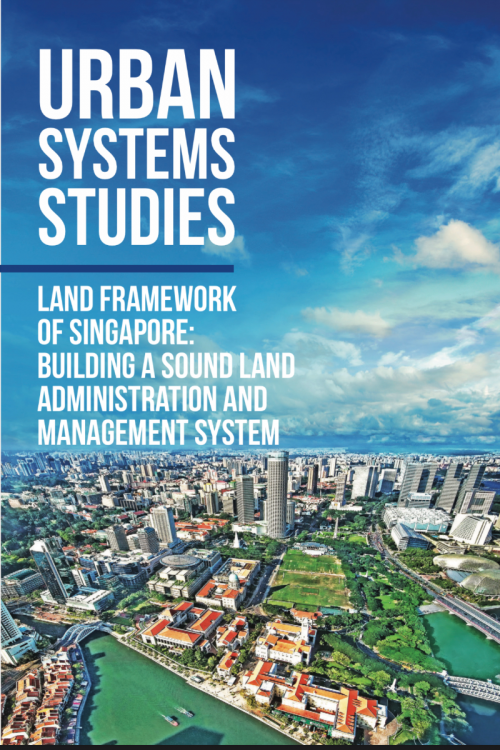Kami menggunakan cookies untuk membuat pengalaman Anda lebih baik. Untuk mematuhi petunjuk e-Pribadi yang baru, kami perlu meminta persetujuan Anda untuk menyetel cookies. Pelajari lebih lanjut .
Urban System Studies Land Framework of Singapore Building a Sound Land Administration and Management System
This Urban Systems Study traces how the land management and administration systems in Singapore have evolved from the days when Singapore was a colonial trading port, to today, when it has become a world-class city. The scarcity of land in the city-state of Singapore would have made any failures in land management particularly disastrous. Starting from a laissez faire land system that lacked accurate land records and enforcement in the colonial years, early legislative reforms were introduced to provide certainty in land registration and land dealings. The limited land resources spurred the Singapore government to introduce land-related policy innovations. Land-related legislation, such as those relating to land acquisition and en bloc redevelopment, were adapted to the local context to enable development that was essential when Singapore became independent. In later decades, reforms to land management and land use planning policies—such as in land acquisition, government land sales, development charge and differential premium systems, and reserves protection—were put in place to meet the needs of changing circumstances. More
accurate and transparent land information systems were also made more accessible to the public and industry. The institutional framework for land management has evolved to improve the government’s responsiveness to the needs of the market and the public.

